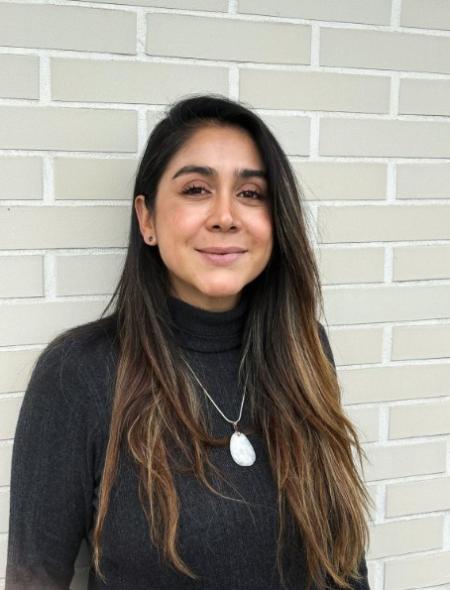
What is NetworkNature Reads?
#NetworkNatureReads is inspired by #ReadingRainbow and the #NewYorkTimes #ByTheBook series, both of which spread a love of reading by highlighting stand out books and the people who love them. Our goal is to do the same, but with a #naturebasedsolutions flavor. Every month, we will feature one book selected by a NetworkNature member.
We believe that literature widens perspectives and can foster connection with human and environmental communities. Read In The Wood by Sara Teasdale if you aren’t sure what we mean.
This month’s interviewee is Natalia Brack. Originally from Bogota, Colombia. Natalia Brack has built a professional path that connects cultural management with communications in Nature-Based Solutions and Soil Health.
Natalia combines her expertise in culture and communications with a passion for environmental impact. Her work focuses on connecting people to nature, translating complex messages about ecosystems and sustainability into narratives that inspire change. Her journey reflects how culture and science can come together to transform the way we engage with the Nature.
Want to get involved? Contact hello@networknature.eu to suggest a book!
Tell us about yourself! What role do nature and reading play in your life?
I’ve always felt close to nature. Growing up in Bogota surrounded by the Andes, I found comfort and inspiration in the mountains, parks, and green spaces around me. I am also a passionate reader, drawn to dystopia, magical realism and thriller novels. Today I work as a Communication Officer, raising awareness about Nature-based Solutions and soil health, contributing to Horizon projects NBRACER and SOILCRATES at the Sustainable Innovation Institute (soon to be Terracene).
Which book did you pick and why?
I chose La Vorágine (The Vortex) by José Eustasio Rivera a Colombian classic published in 1924, because it raises important questions about the relationship between humans and nature. The novel exposes the brutal exploitation of the Amazon during the rubber boom at the turn of the 20th century, showing how human ambition and short-term gain can destroy both ecosystems and communities. Rivera describes how, seeing the forest as their enemy, people end up turning against one another in their struggle for power and profit; fighting, e slaving and destroying everything in their path. He describes how rubber tappers cleared millions of trees, committing as Rivera said “a fraud against future generations”. What moves me the most, is how the author gives the jungle a voice of its own, not just a setting, but as a living force that reacts to greed and remind us that nature always has limits.
Can you share a specific moment from the book that resonates with you personally? How does it connect to your work with Nature-based Solutions projects?
One moment that stays with me is when the author writes that “The jungle defends itself from its executioners, and in the end, man is defeated” This passage captures the idea that nature is not passive, it reacts, resists and claims balance when it’s pushed too far. To me, this speaks directly to the importance of working with nature rather than against it. In my work on Nature-based Solutions projects, I see the same lesson reflected; when we respect natural systems, we create resilience, if we do the contrary we can create chaos. Rivera’s words are a timeless reminder that our survival depends on listening and learning from nature.
In what ways do you see the themes or lessons from the book aligning with the goals of conservation and the challenges we face in combating biodiversity loss today?
The message of La Vorágine remain highly relevant to today’s environmental challenges. Rivera shows how losing respect for nature leads to imbalance, suffering and loss; subjects that reflect our ongoing struggle to preserve ecosystems and face the impacts of climate change. His novel reminds us, that when we take more than an ecosystem can give the damage eventually comes back to us. In conservation and restoration practices like Nature-based Solutions, I think that the main goal is to rebuild the connection between humans and nature, to see natural resources and biodiversity not as something to exploit or dominate, but as something to learn and care for. That shift in perspective is what the author advocate, even a century ago.
If you were recommending this book to a colleague or a friend within the conservation community, what key takeaway or message would you highlight?
I would highlight that La Vorágine is more than a critical novel about environmental destruction and human cruelty, it’s a powerful reflection on how disconnection from nature and disregard for its limits lead to both human and environmental tragedy. The key message is that harmony and balance can only be achieved through awareness and respect, and that the wellbeing of people and the health of the planet are deeply connected.